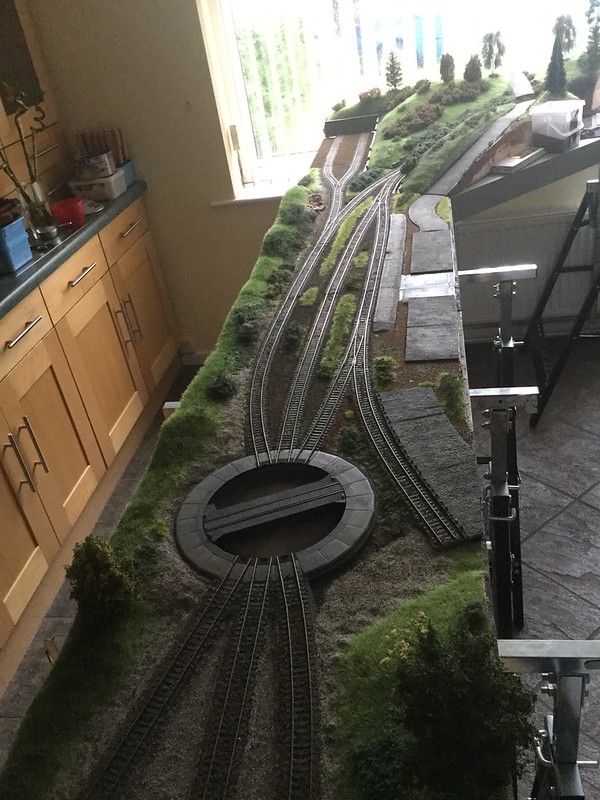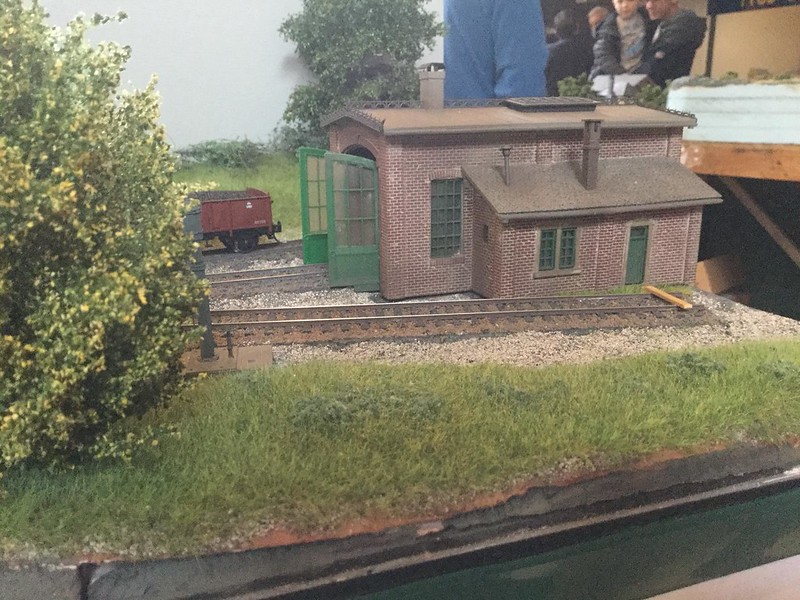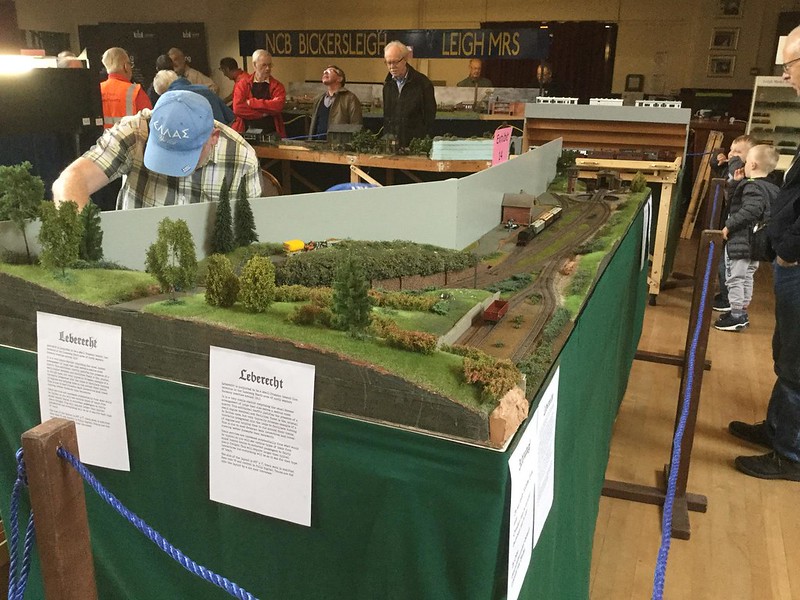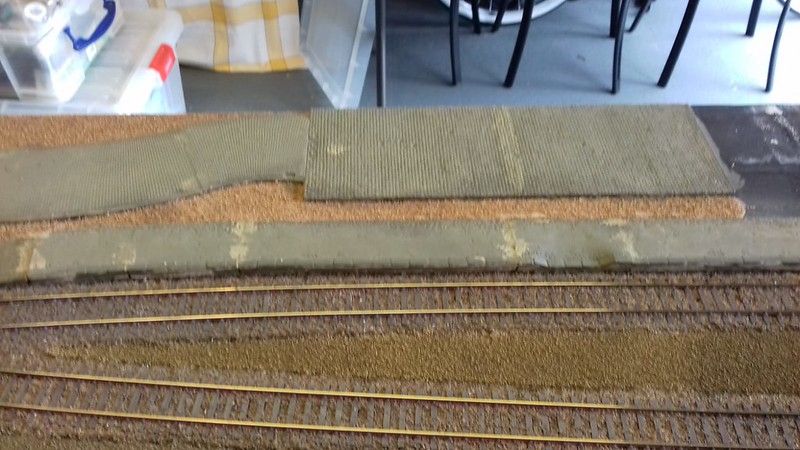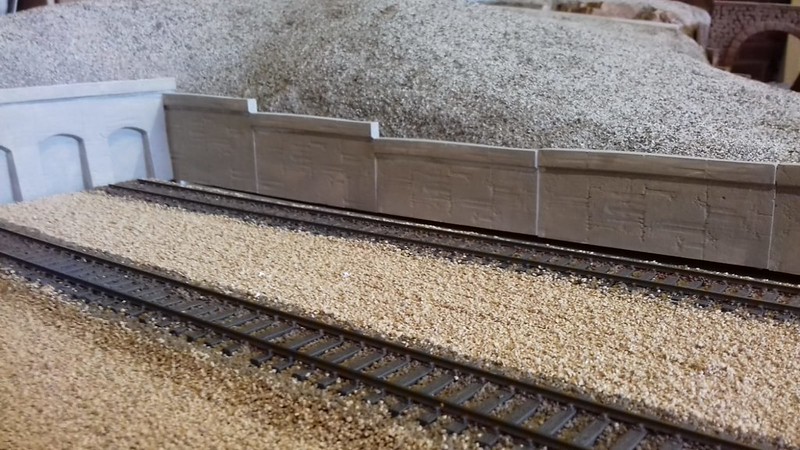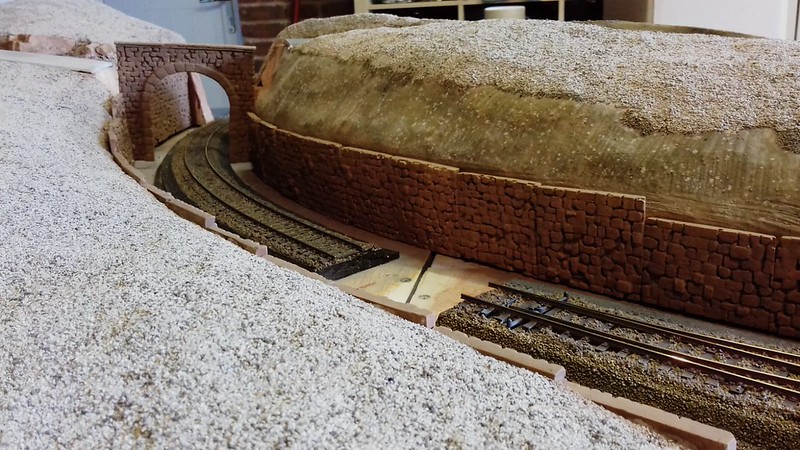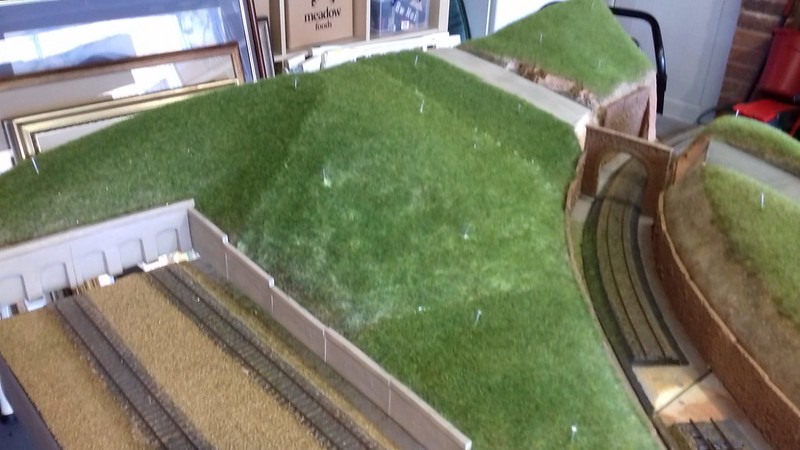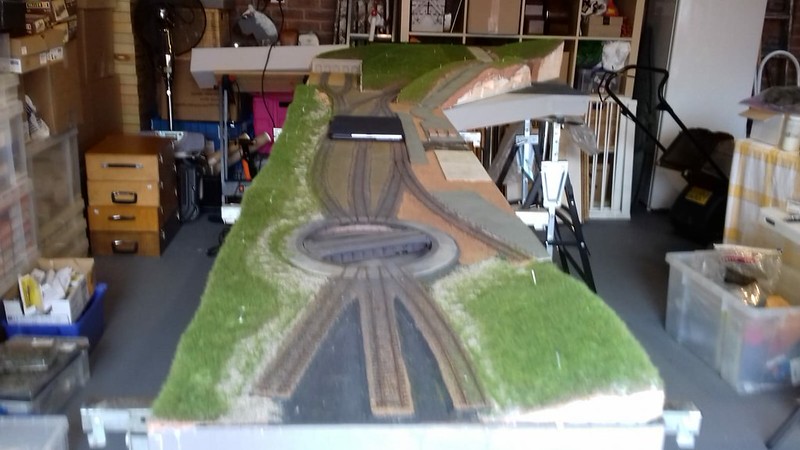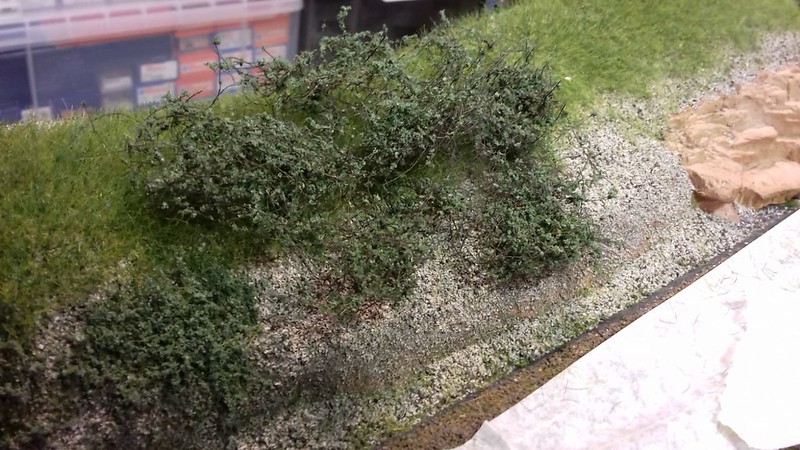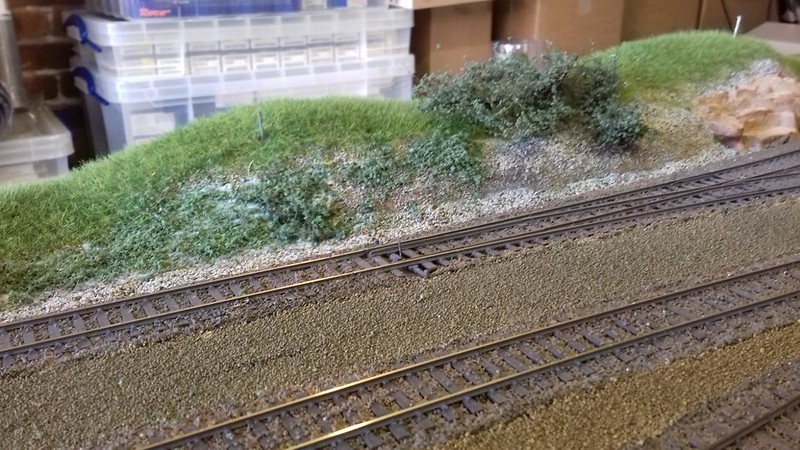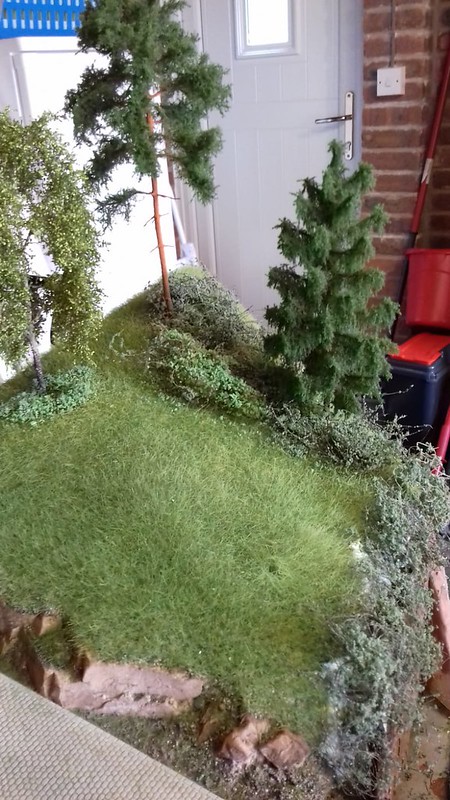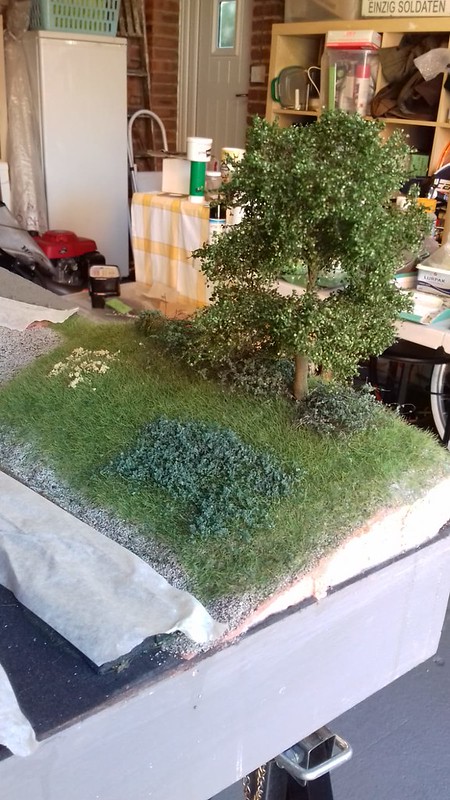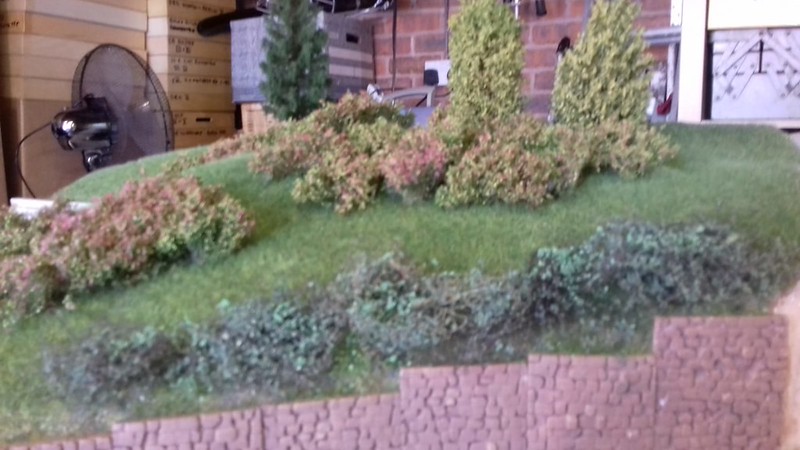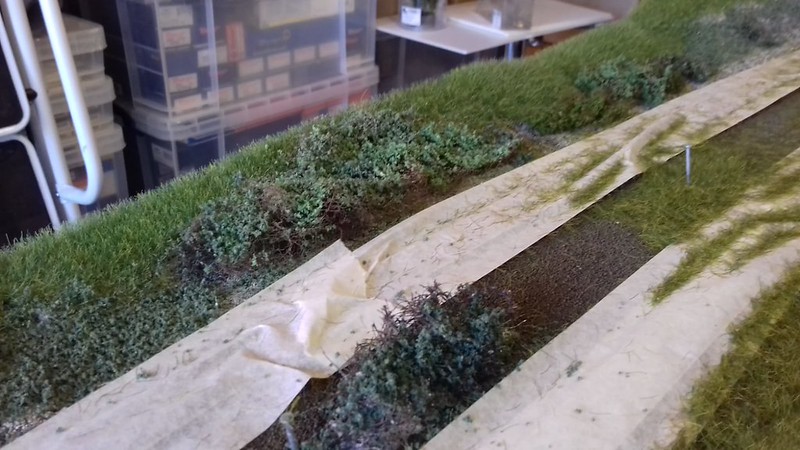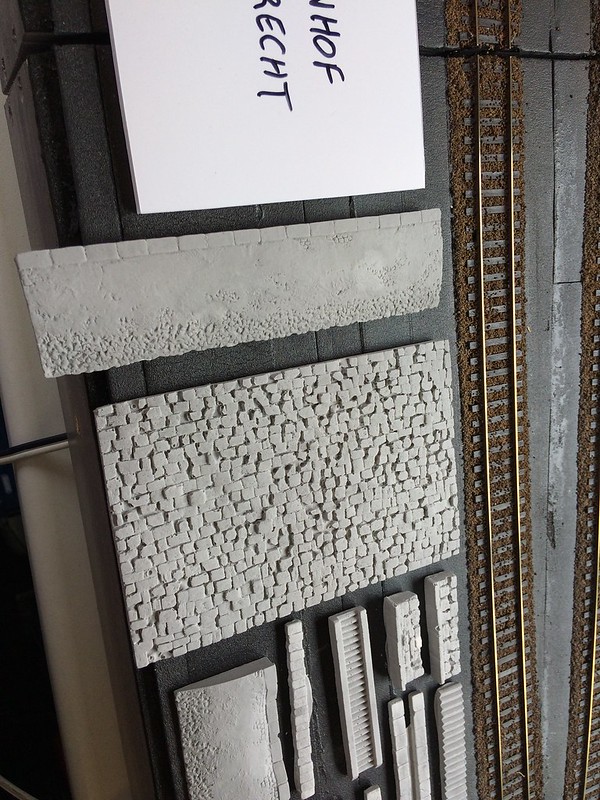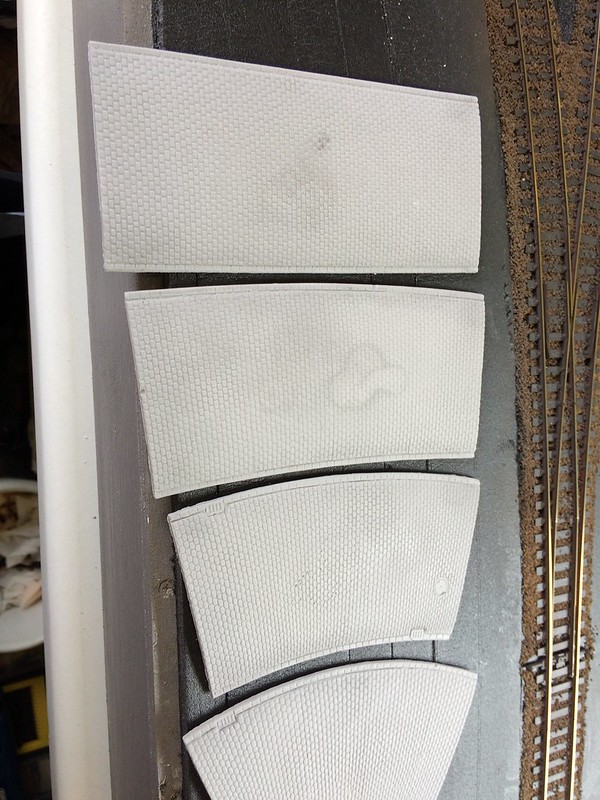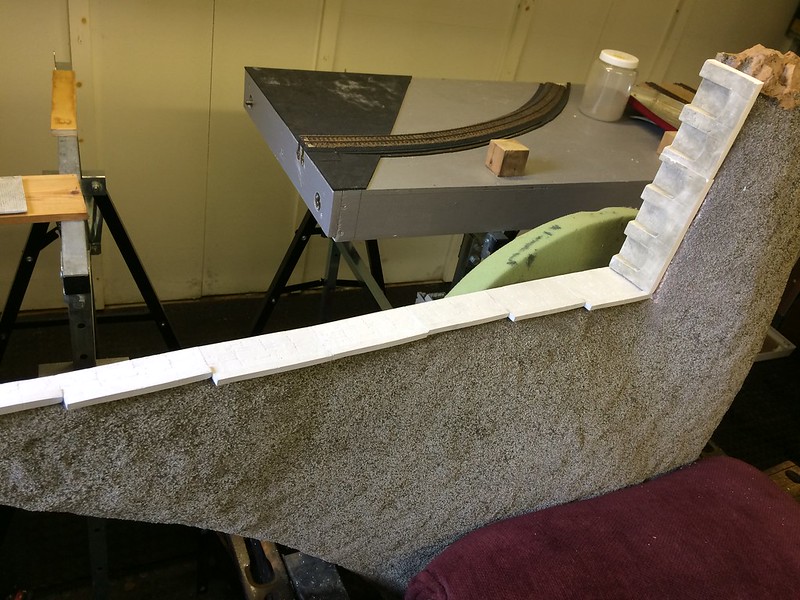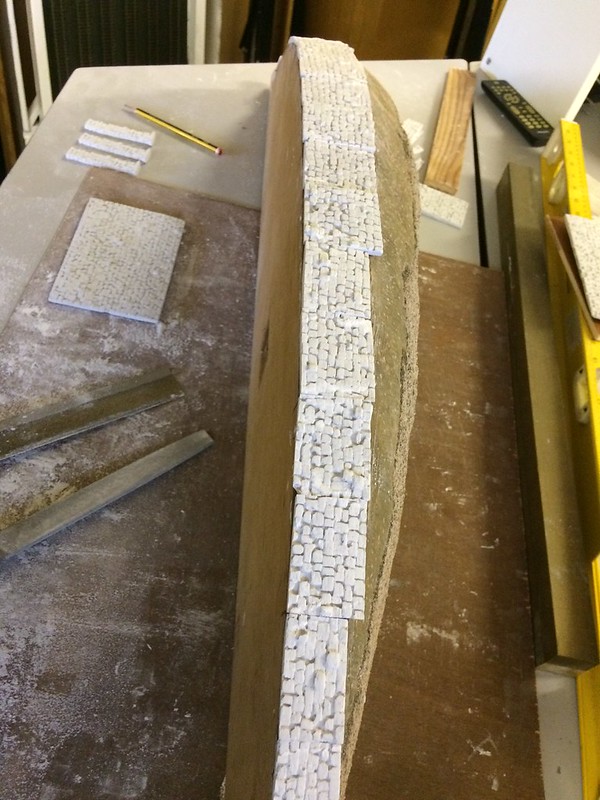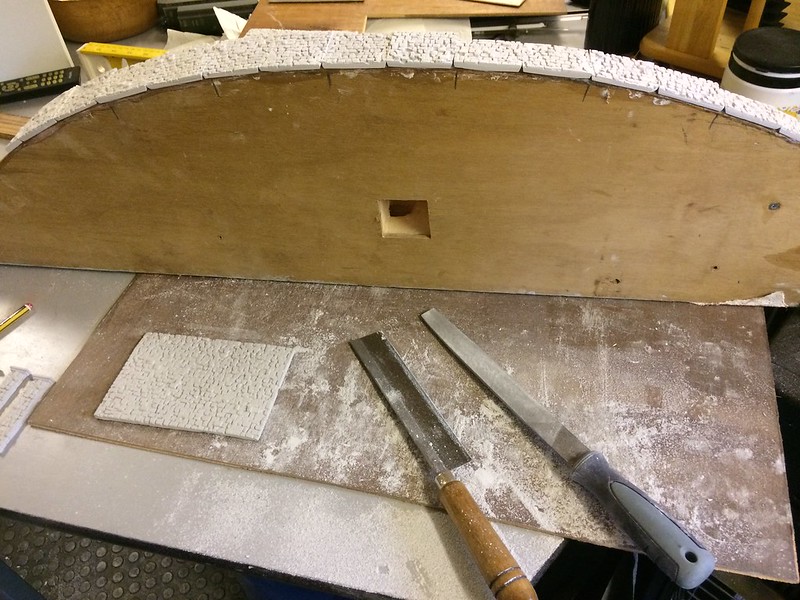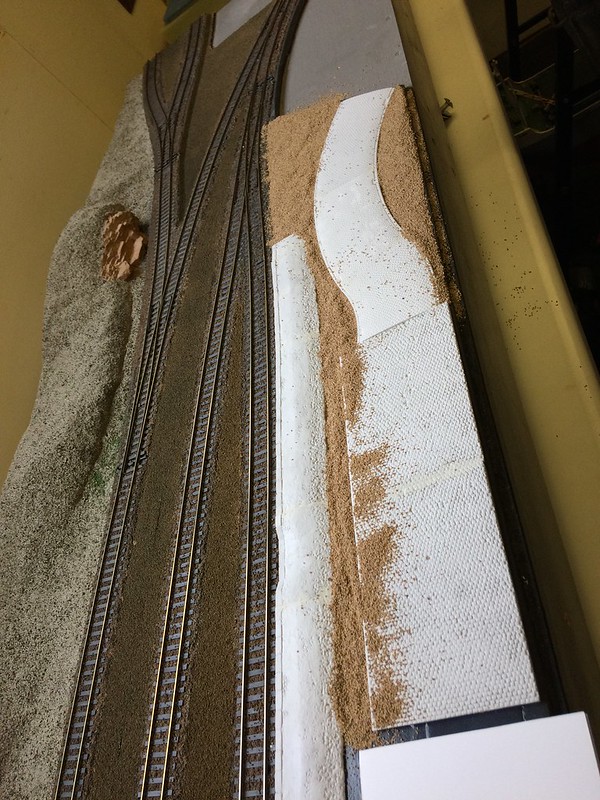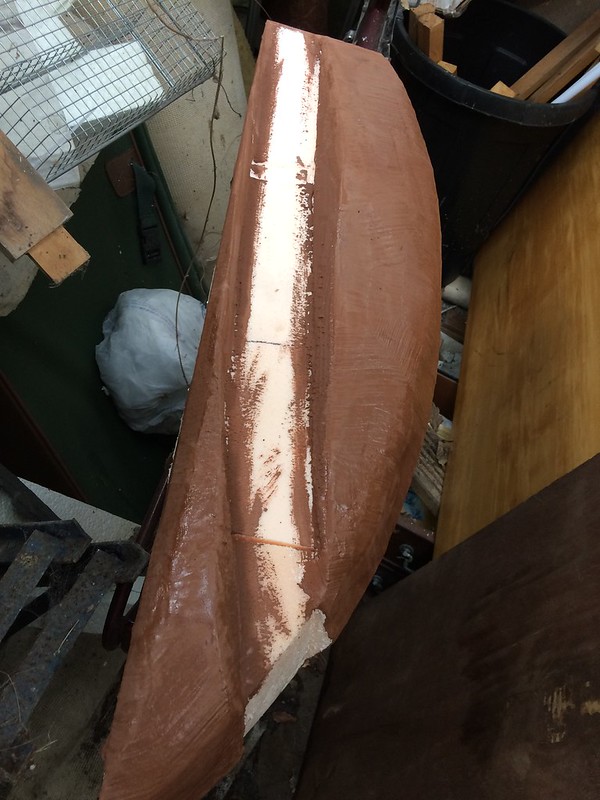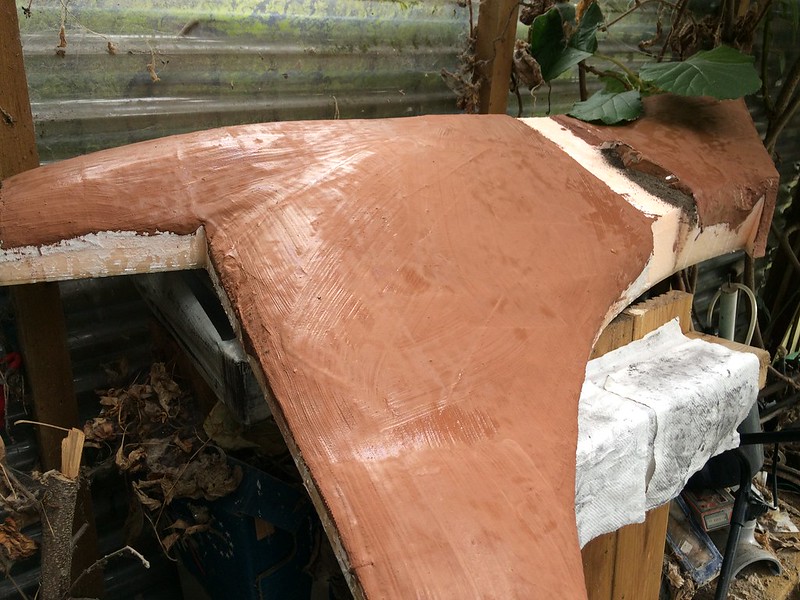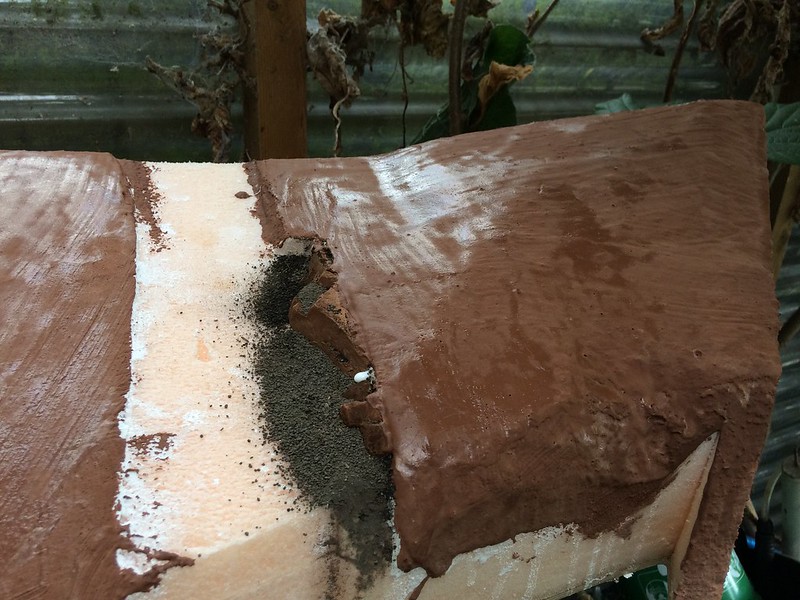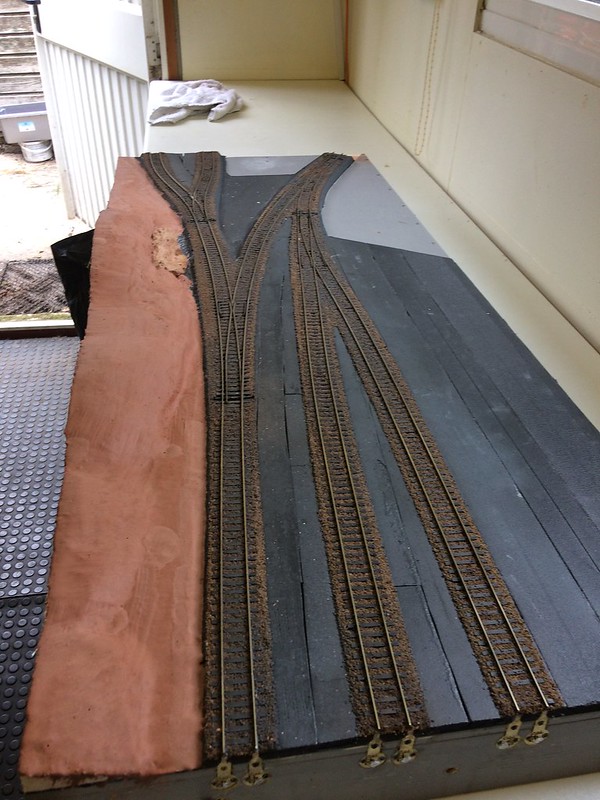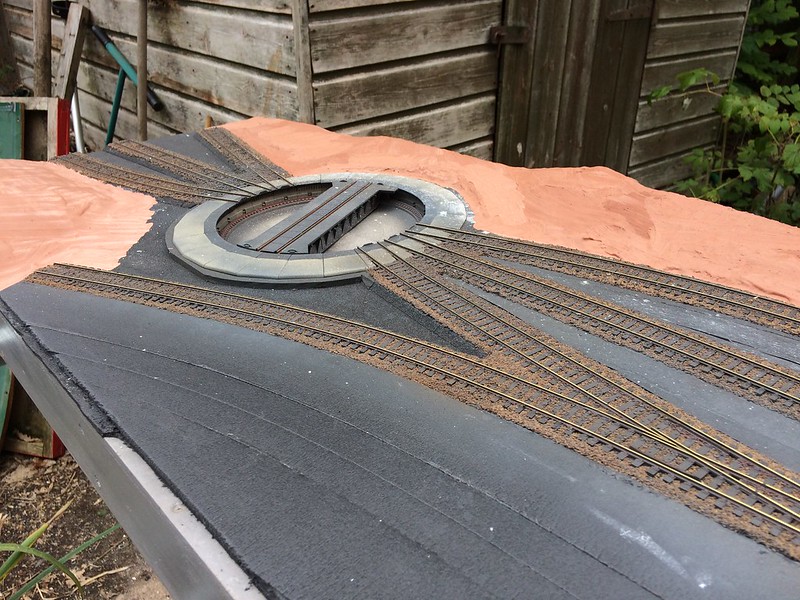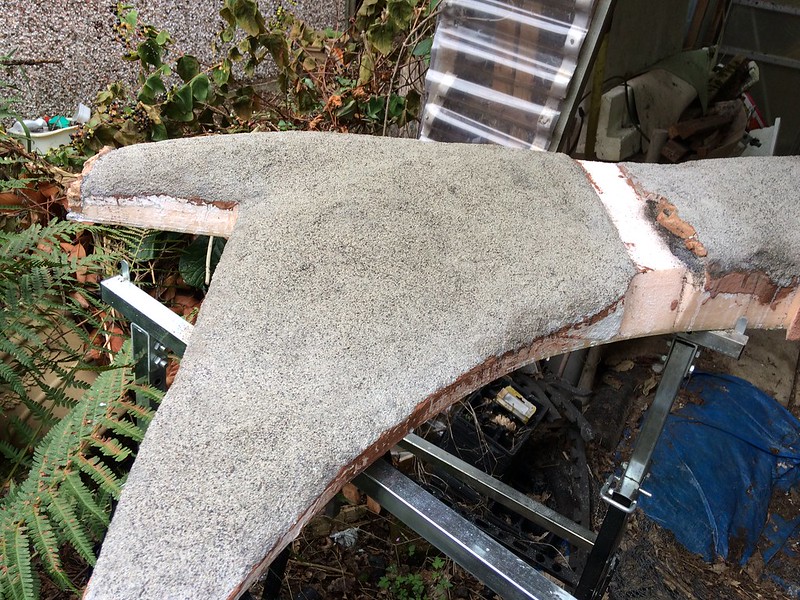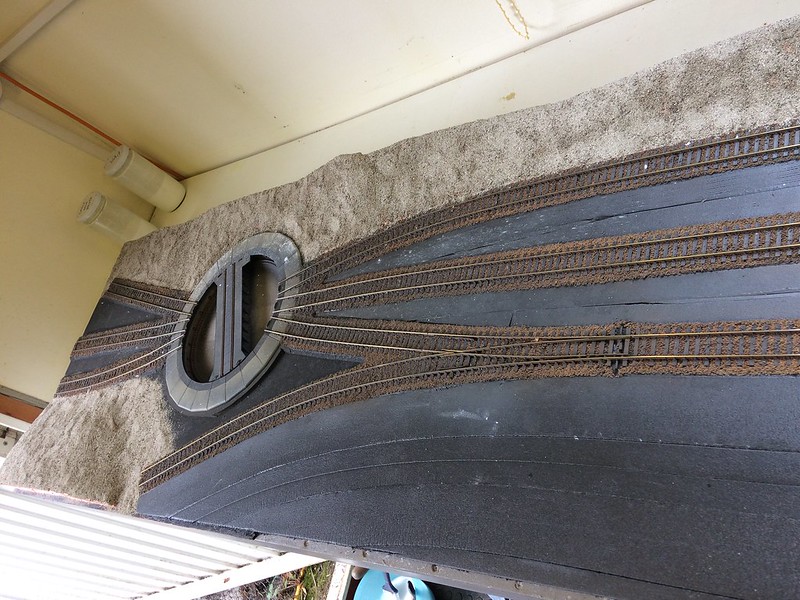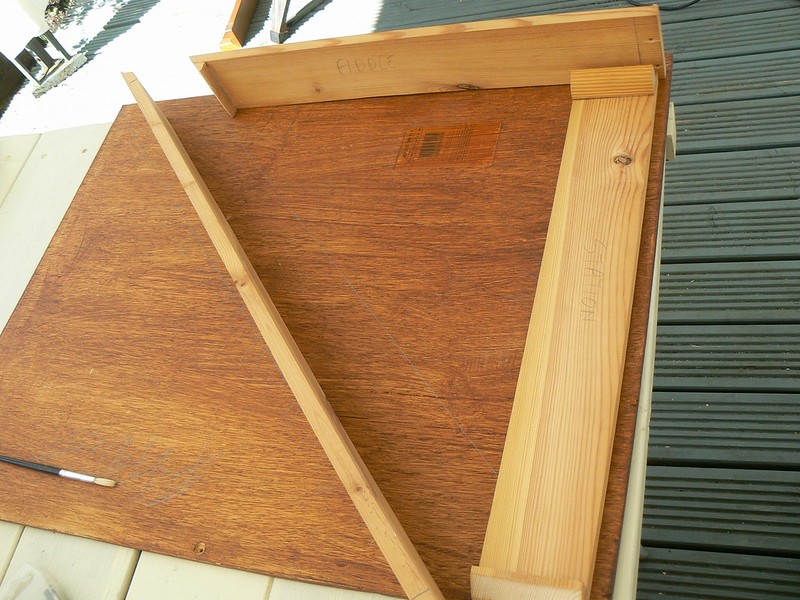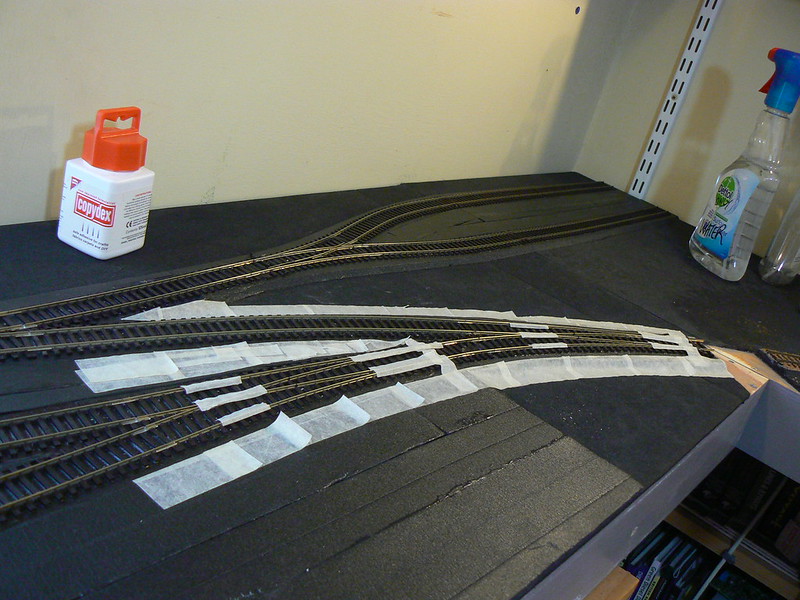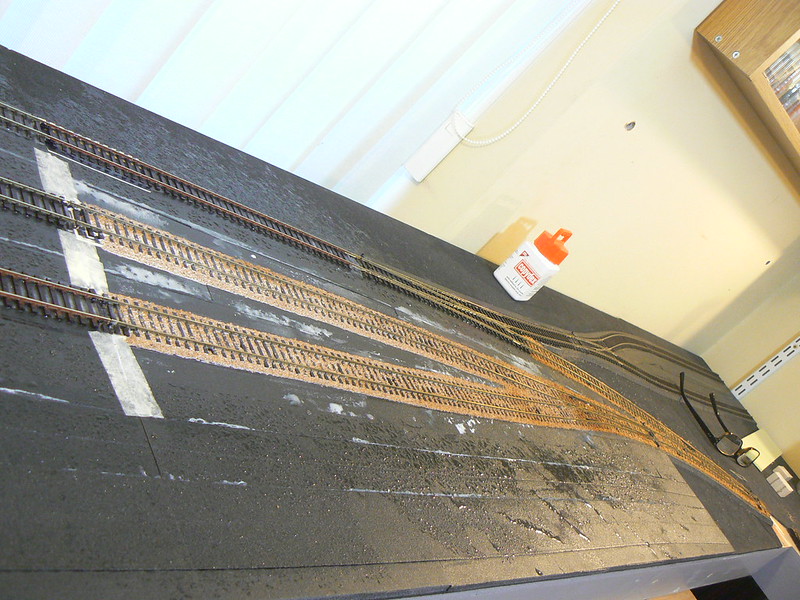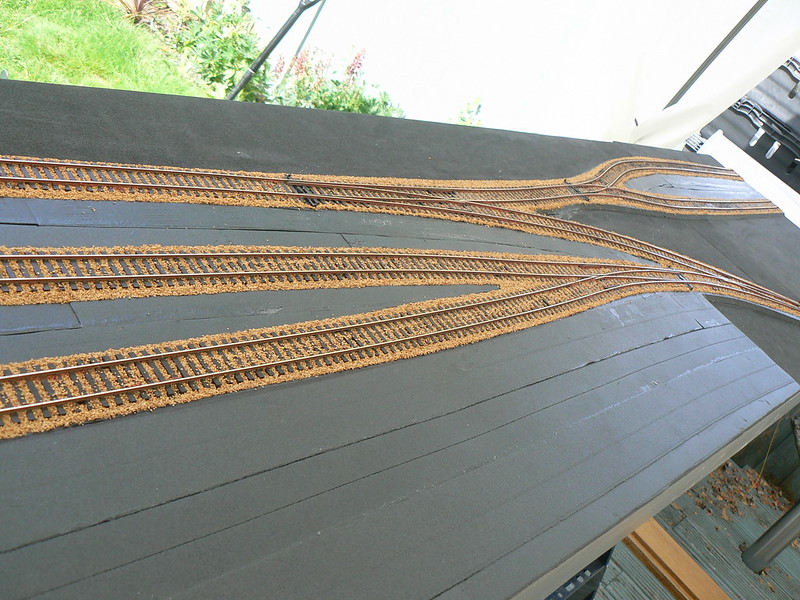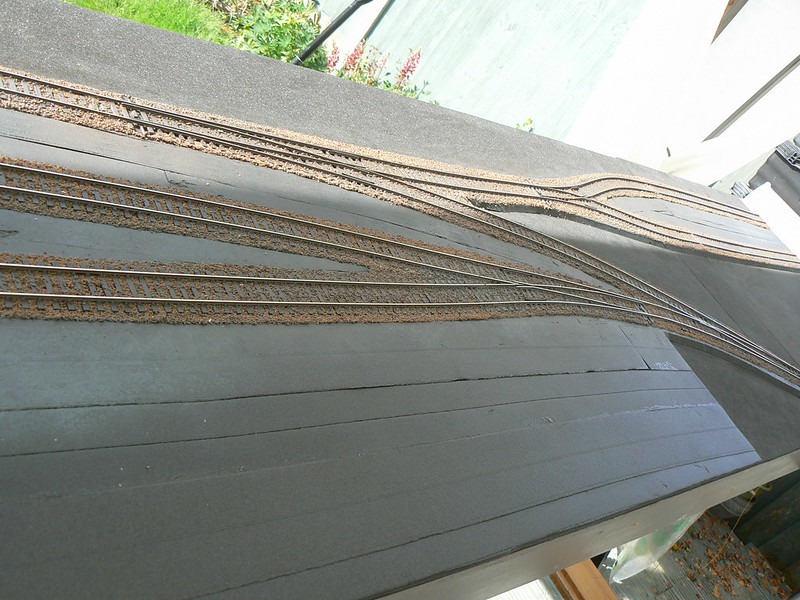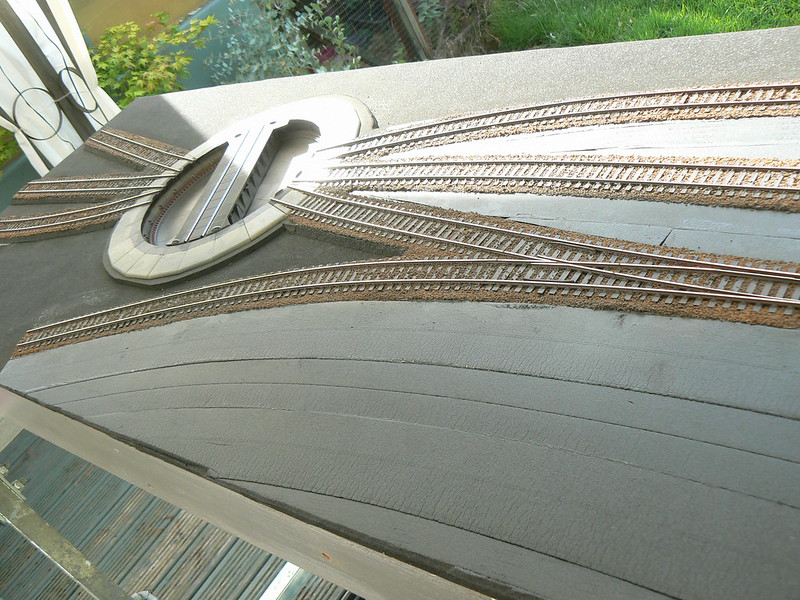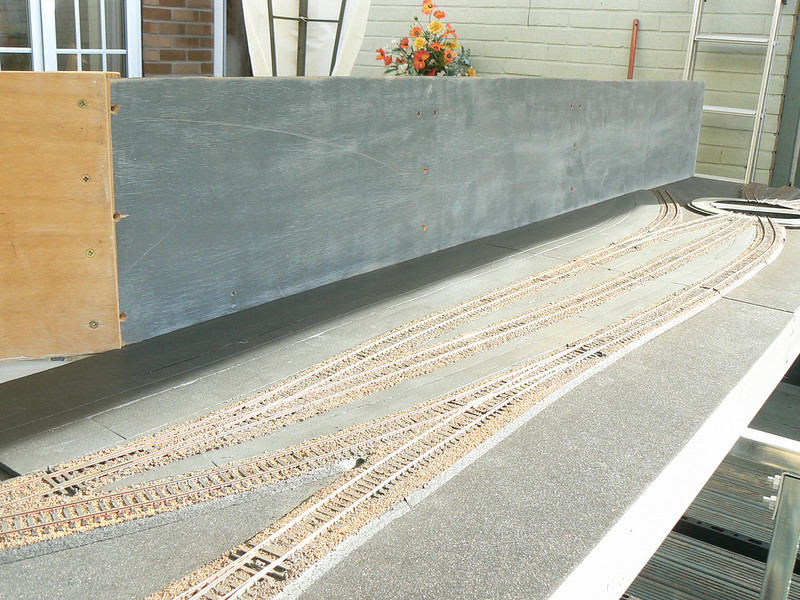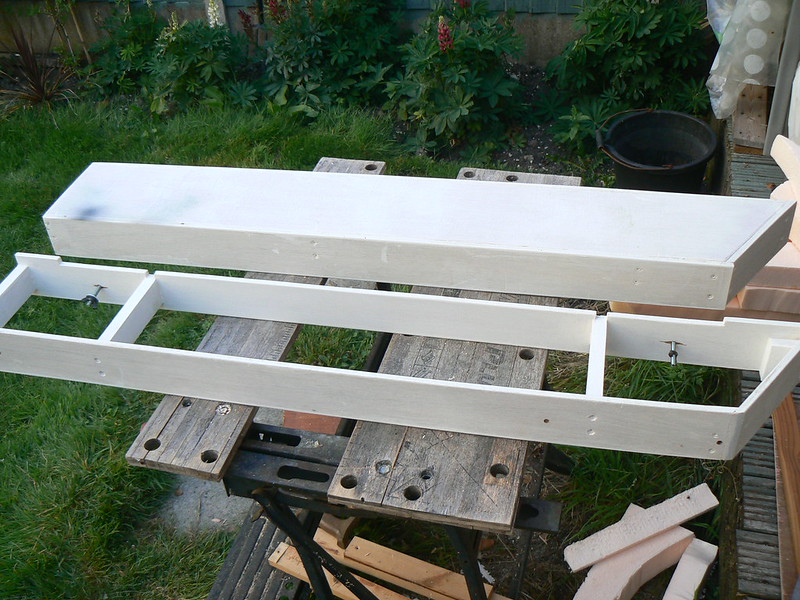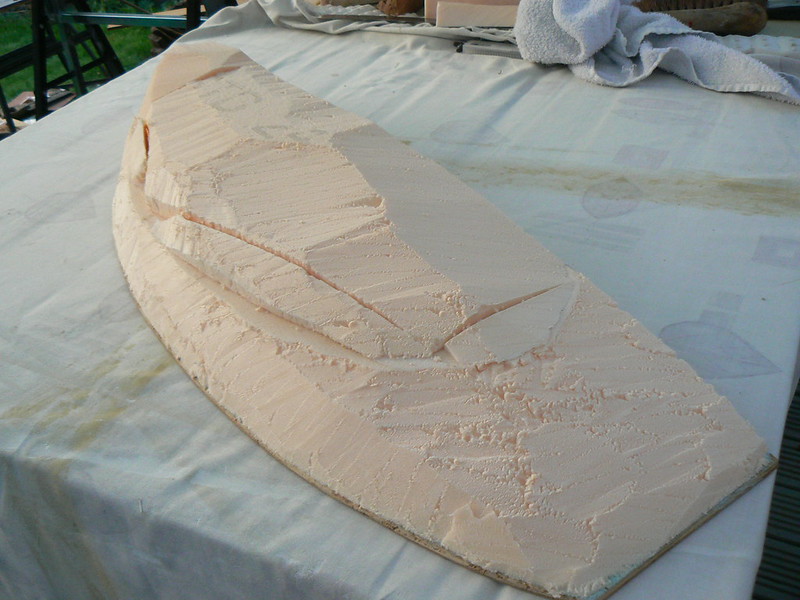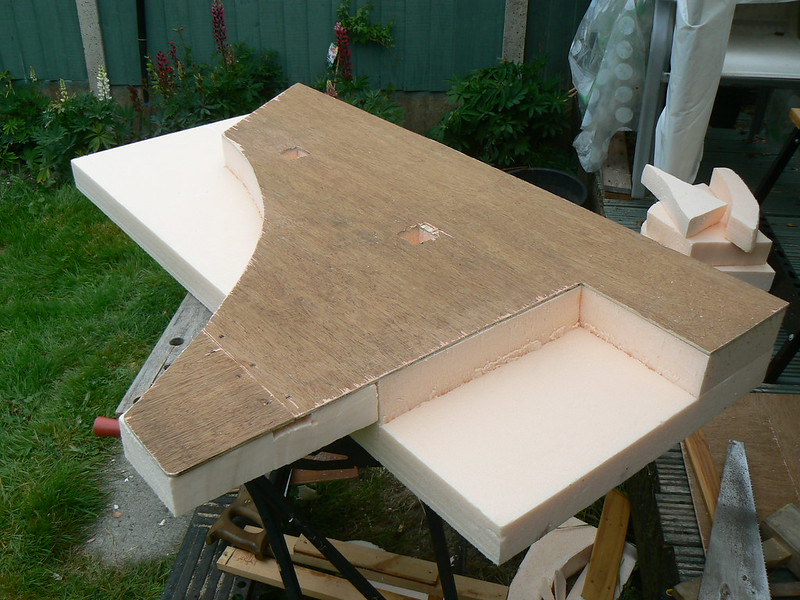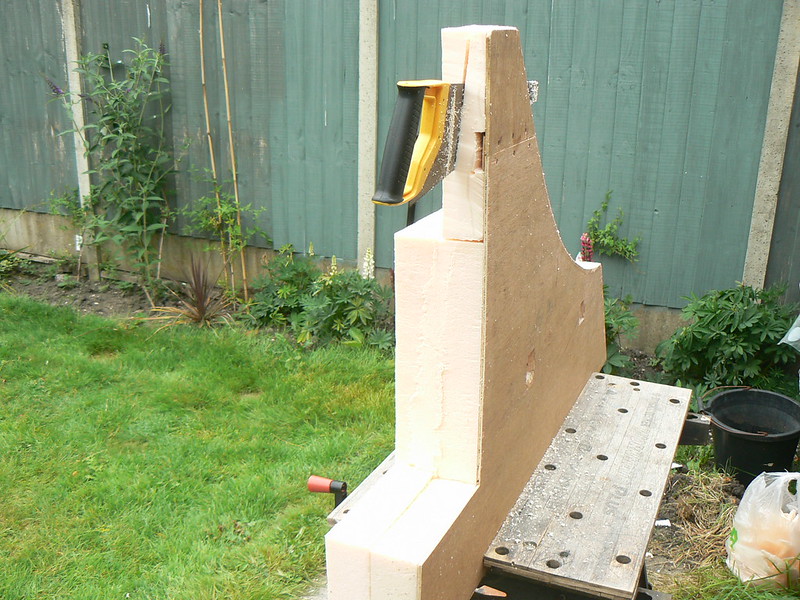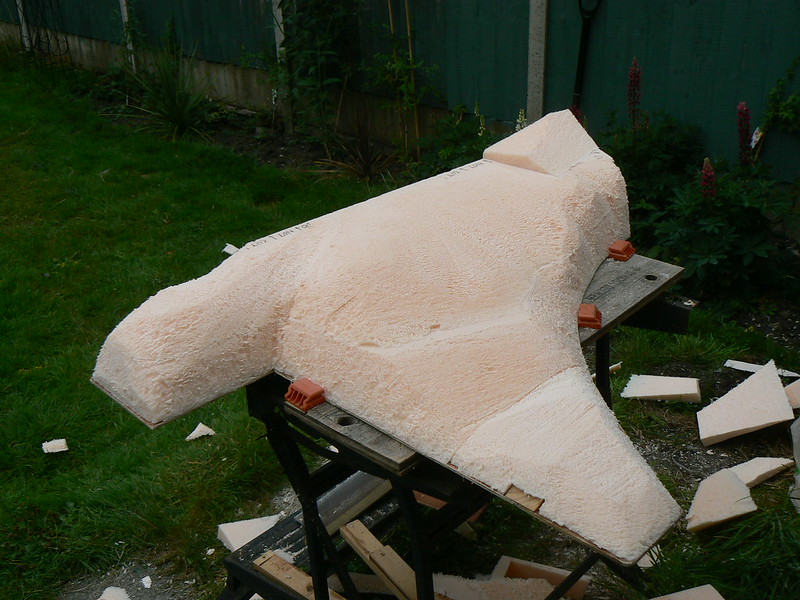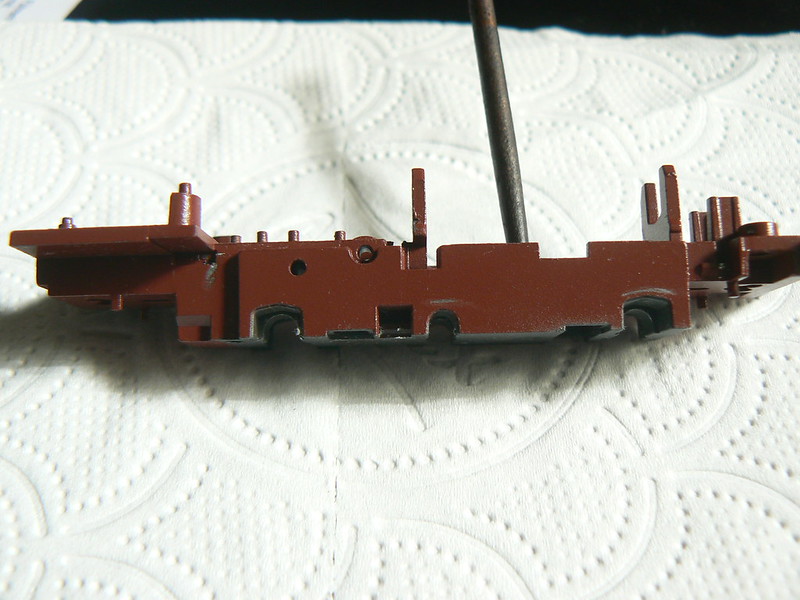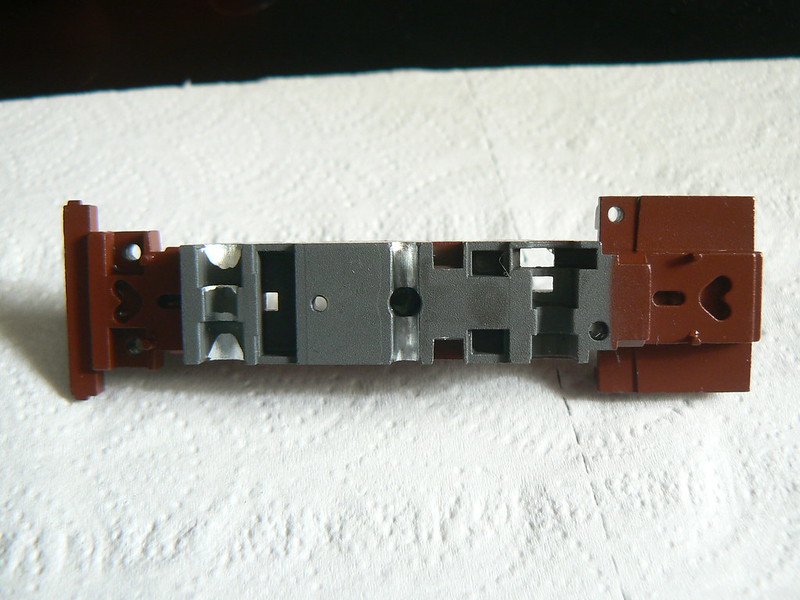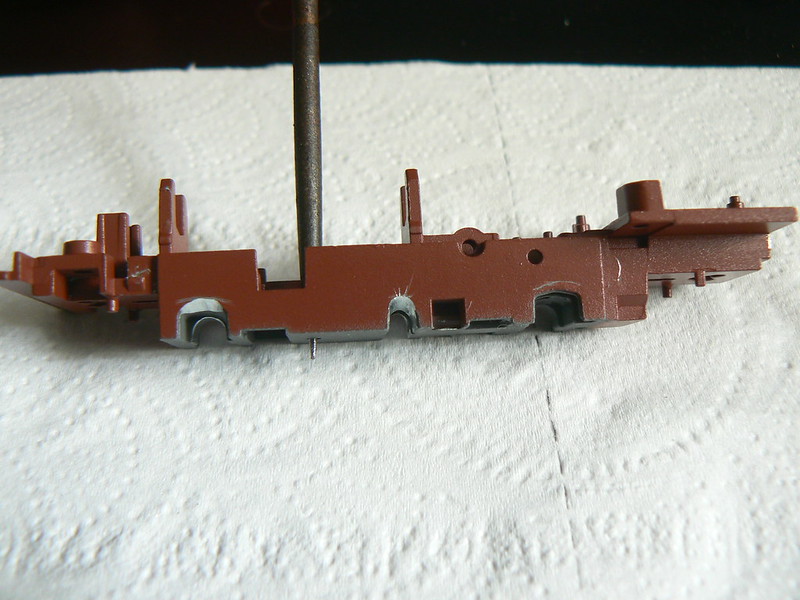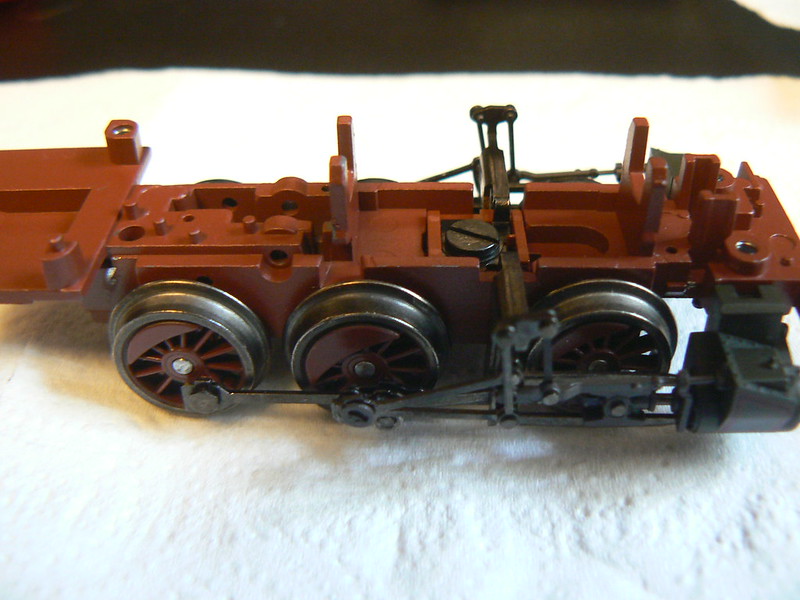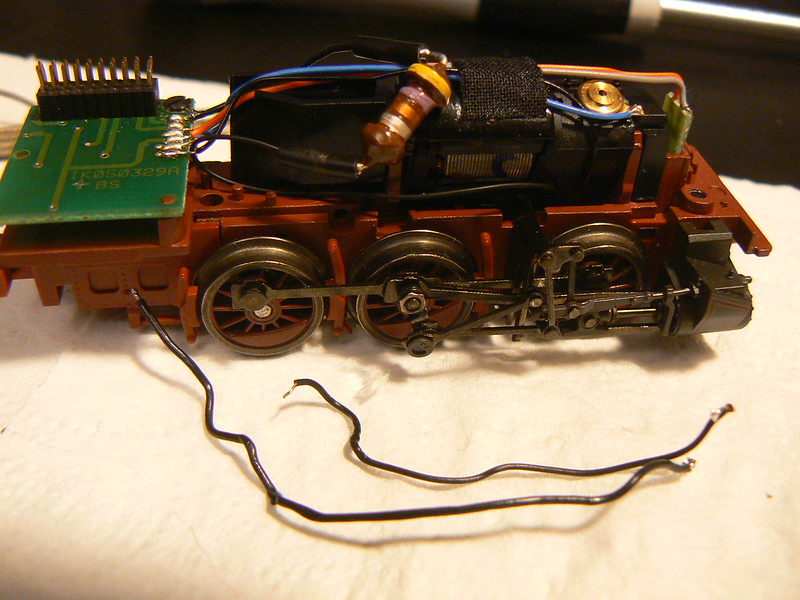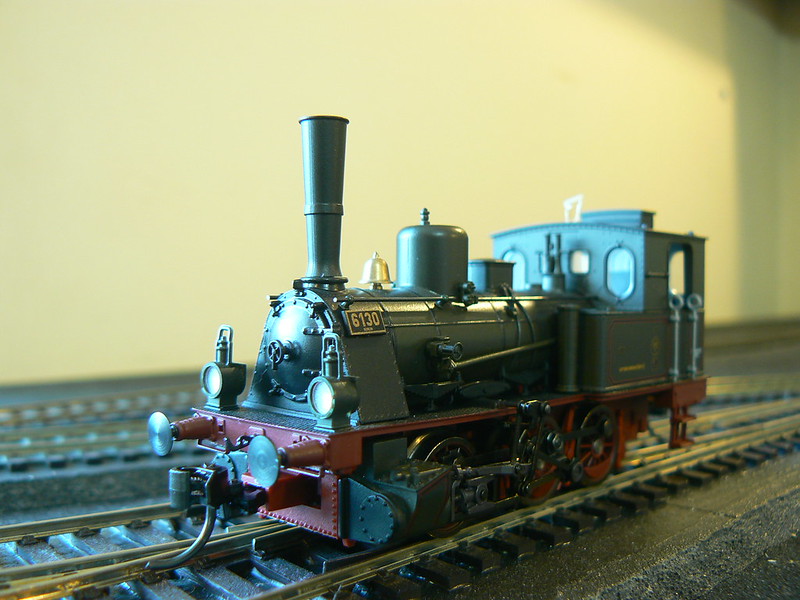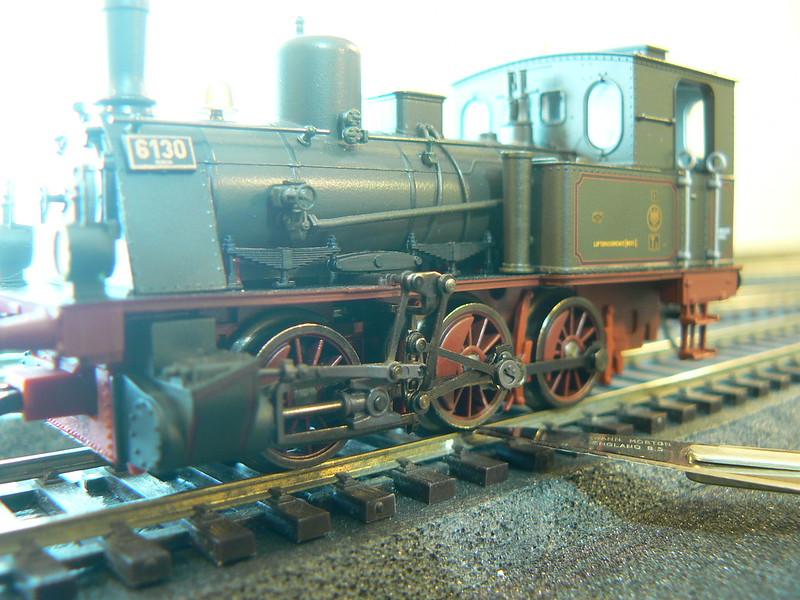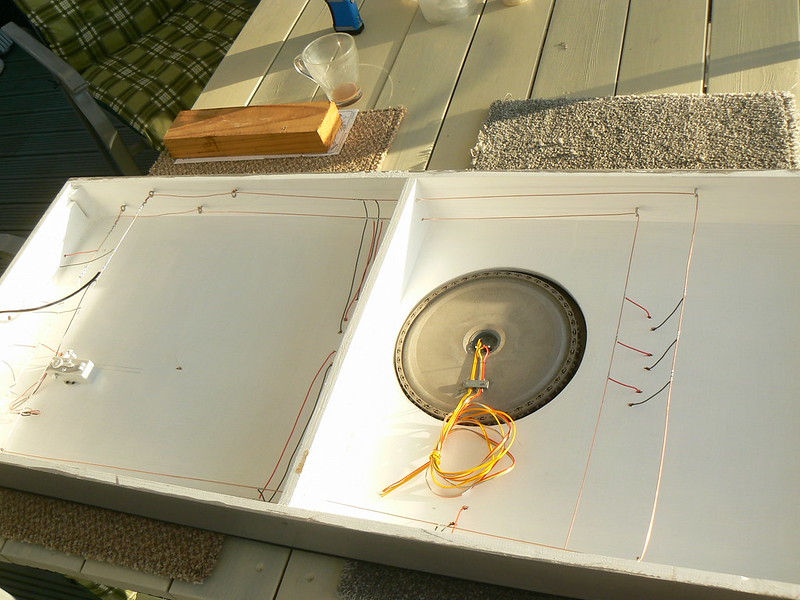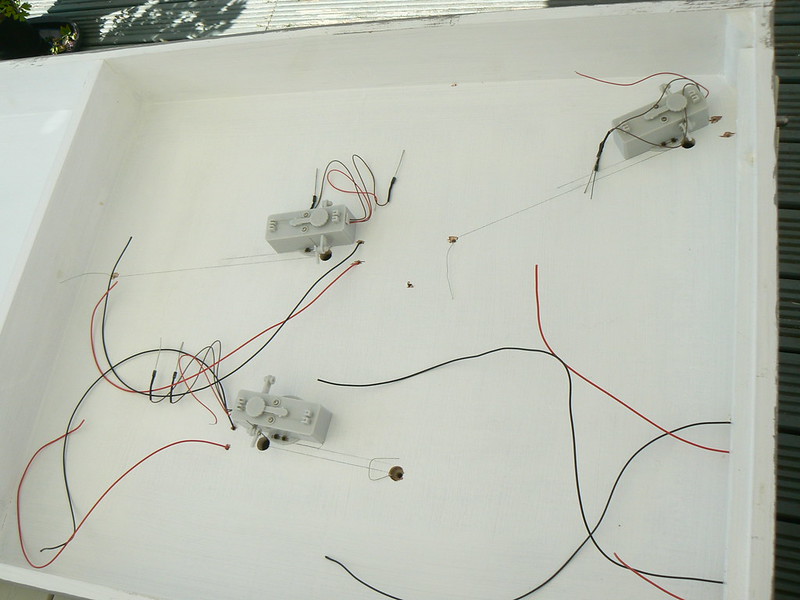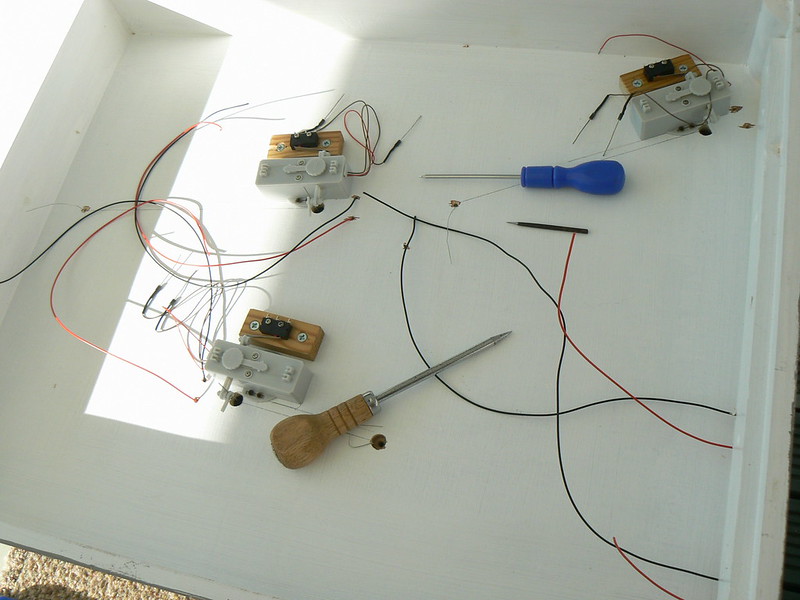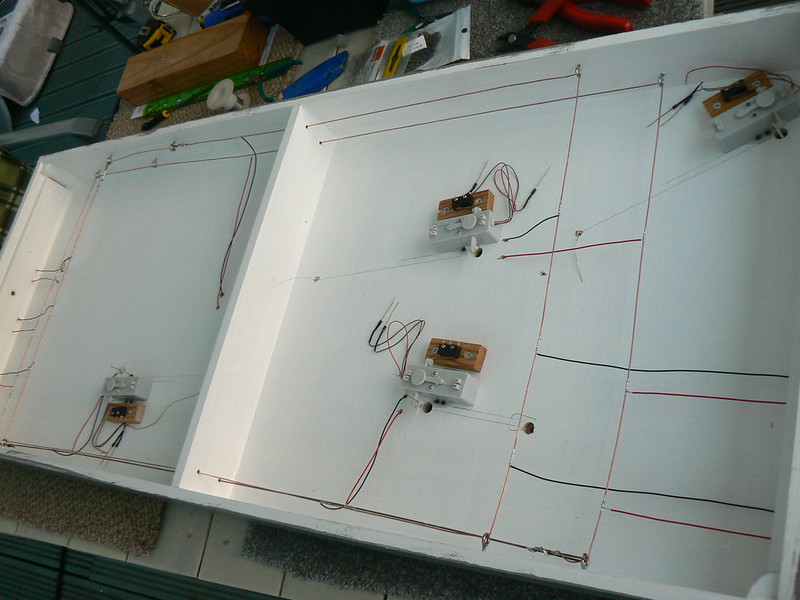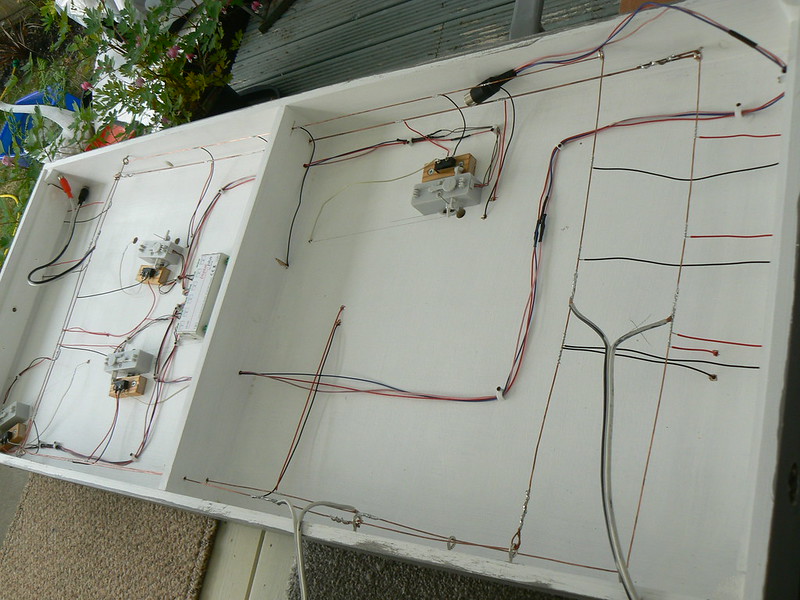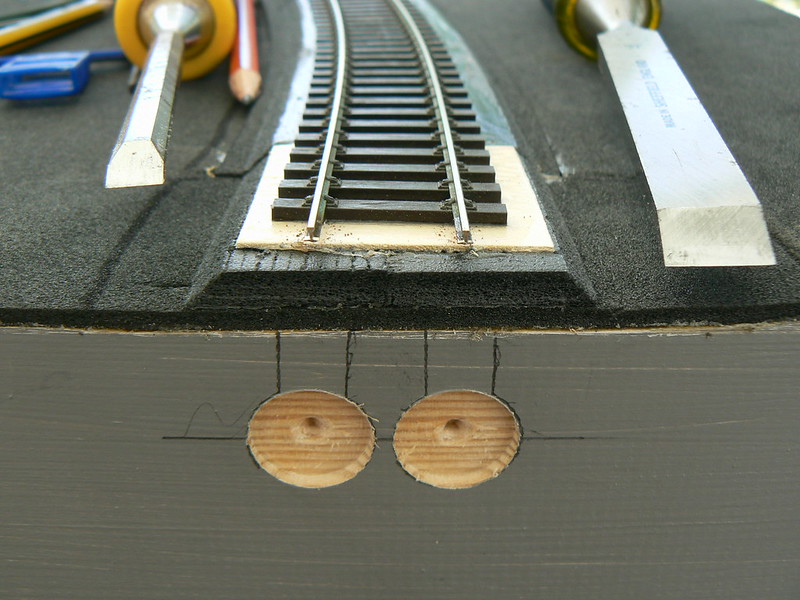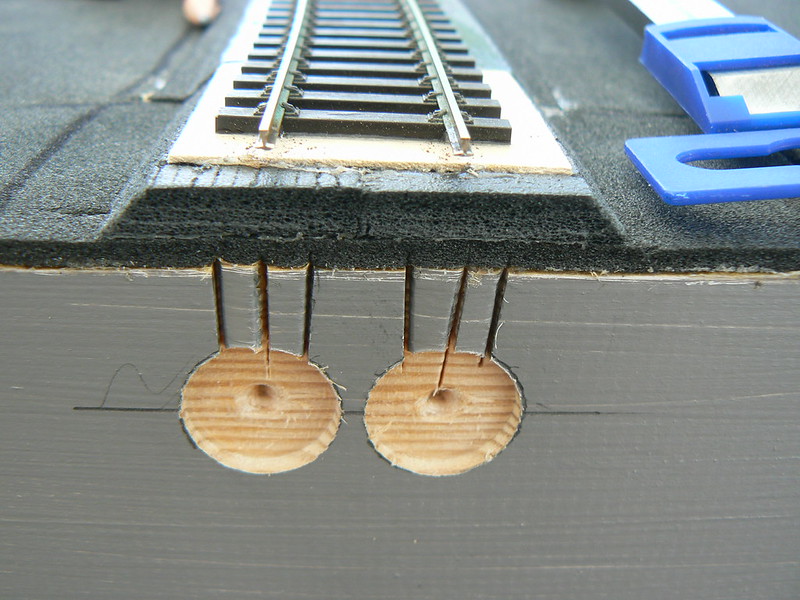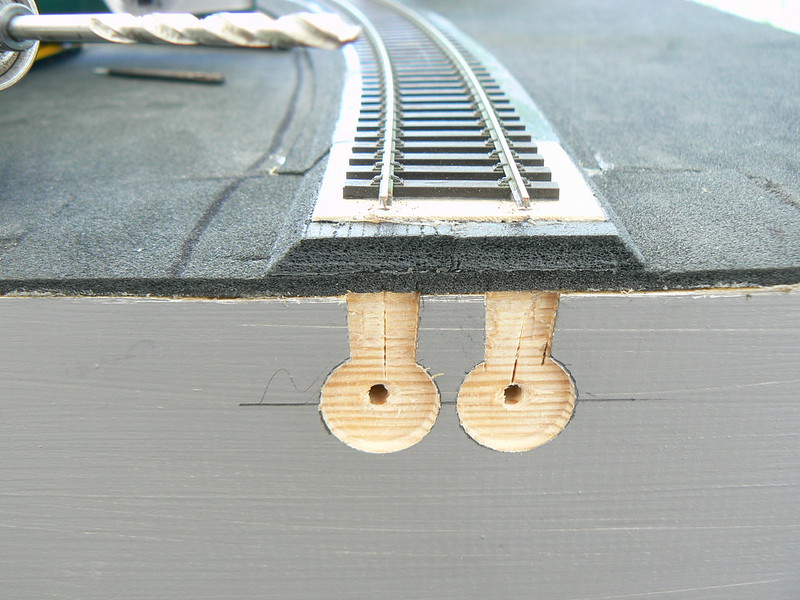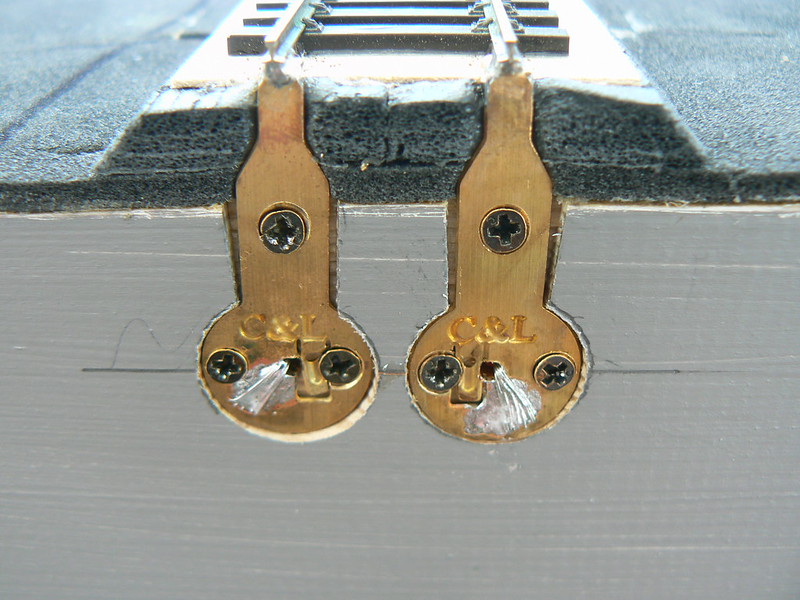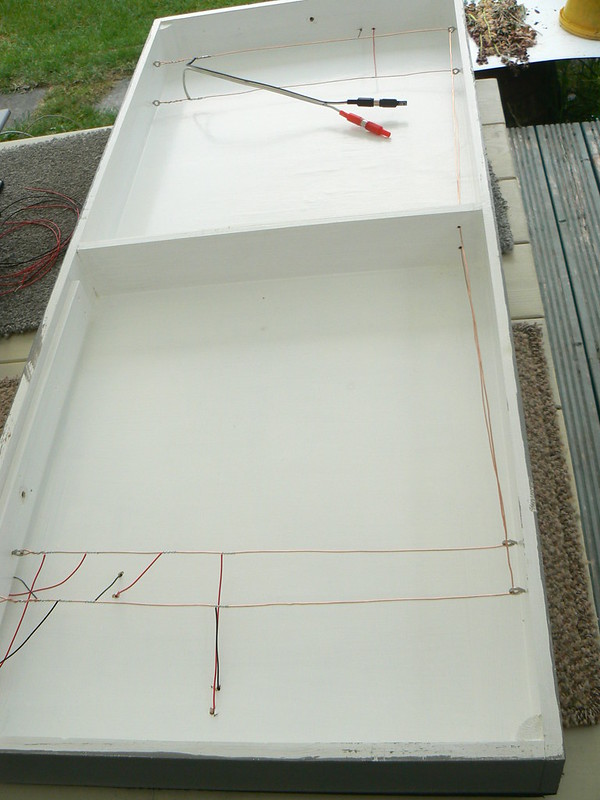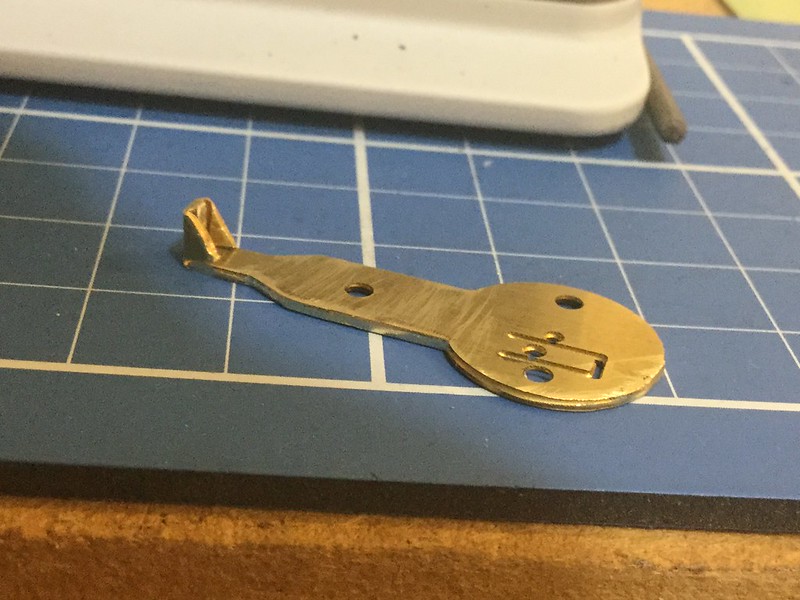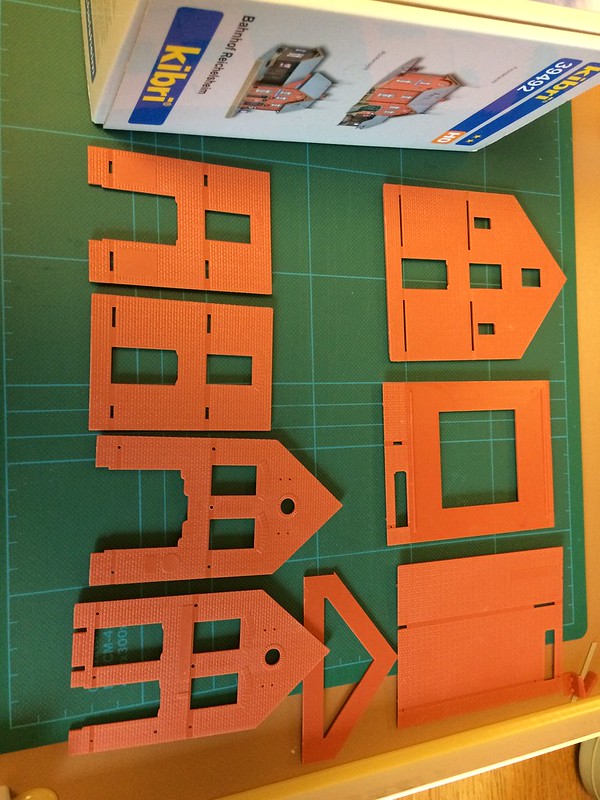Modelling foreign railways whilst a club member in the UK.
I have been a member of four different clubs in the UK over the past thirty-five years or so. During which time I have mainly modelled in H0 scale and have been called for it!! Comments like “watch out for Stuka’s” when running late seventies/early eighties East German steam, yes – really!
“Here we go again” was another one – why? Do folk really not like to see models of trains unless it’s the typical, ordinary, everyday models they already know very well? Don’t they want to learn about anything new or different?
Of course, the worse ones are not repeatable here but needless to say were particularly rude.
I guess that after a while, one develops a fairly thick skin but it is still necessary to retaliate in some small way or another. So, standard replies used to vary from “at least my stuff works”, “my stuff has the correct scale/gauge ratio” to “I’d rather have one of mine than twenty of yours” and “at least mine isn’t narrow gauge”. However, I’d rather not have to fight back – really, I wouldn’t.
I found the attitude varied from club to club, larger, better developed clubs could be expected to have at least some other members who were aware of railways beyond the shores of the UK but smaller clubs that I have been part of, seemed totally unaware.
Is it my fault?
I’m not shy of showing the capabilities of some of my H0 scale models off (should I be?) and have been proud to demonstrate both the prowess and the slow running qualities of certain models. At an old club near Derby, I did successfully run a 100 wagon US freight on the main 00 gauge layout but does that kind of thing impress certain people? No.
I’ve told people about my Gutzold BR58.30 taking some five minutes to traverse one inch, again to blank faces.
Perhaps it jealousy?
Certainly, some of my ‘Continental’ models have cost me a lot of money however, I don’t splash the cash on fancy new cars, new gadgets or season tickets to sporting events. How I choose to spend my money is my business, thank you and one of my European locos will last a heck of a lot longer than the latest Hornby train set!
I inherited one lone Fleischmann pacific from a very dear friend, several years ago now. I am saving it until it’s either 25th or 30th anniversary when I shall put it on the track and see how it performs after such a long time in storage.
I think the real problem is simply ignorance!
I must point out here, that I am not exactly “educated” myself – I left school at 14 with no qualifications whatsoever but later, when I returned to the UK, I got some GCSEs and eventually, yes – I went to university but I had to fight for that, it wasn’t given to me by any means.
If you travel across Europe, you will meet many people, a lot of whom will speak at least some English and quite likely, other languages too. European people are much more open minded about such things, aware of other places and accepting of them.
Whereas, when you travel across the UK or even, the USA – you will only meet people who can speak English. Okay, in the southern USA, you can meet some folk who will also speak Spanish! Canada, I have no experience of bar some cousins but I gather that most folk speak English OR French, rarely both?
So! Because the “English*” can’t or won’t speak another language, they choose to ignore countries and railway systems thereof, they cannot understand.
But why not try?
When I was at school, IIRC, I had the choice of “French” or “German” classes and I chose “French” as I had some experience, having lived there!
I did find though that my school “French” was rather different from my experience of the real thing, perhaps the curriculum didn’t need you to be capable of living there?
I also recall during some general lessons at a previous school, being told off for correcting the teachers’ incorrect pronunciation of a “J”!!!
I only mention this to demonstrate that if a school teacher, teaching Spanish didn’t know how to say “J” correctly, then what hope for the rest of the population?
Further demonstrating the small-mindedness of this little island, was the experience I had fairly recently of helping to exhibit a good quality French layout (of a French prototype!) at the large Warley show. This actually did get a decent reception but adjacent to us was a “model” based upon a Dutch masters painting, which has to be regarded as one of the finest model railways anywhere, ever.
Whilst most of the rest of us spent some time, gazing at this masterpiece, one of our helpers, from one of these “small clubs” previously mentioned, preferred to spend his free time buying 00 scale blue diesels! “Oh, that” he said when queried later, “yeah – I wasn’t interested”!!!
There’s an old saying – you can take a horse to water but you sure can’t make it drink!
Well, that’s my take on modelling “foreign” as a club member. Now, exhibiting a “foreign” layout, that’s another story!
*Lumped in with the “English” (speakers), are the Scots, Welsh, Irish, Kiwis, Aussies, Yanks and so forth, sorry!
